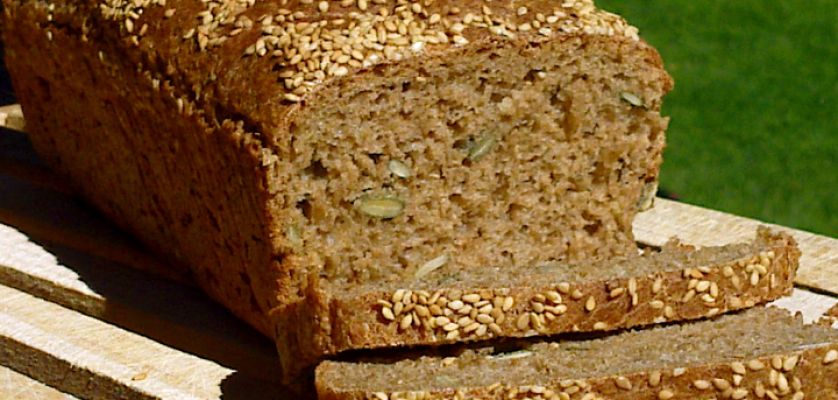From time to time products or foods appear on the market that reach a great boom and become the new fashion, or reality, of sports nutrition. Among them is spelt, a cereal that stands out for its high energy value, since its main nutrients are carbohydrates; and that has a high protein content of high biological value with amino acids such as lysine. It is also a notorious source of minerals and vitamins, especially of the B group.
Spelt is very similar to common wheat, since they are different varieties of the same family, but the small differences between both vegetables are very important for depending on which aspects you want to "pamper".
Spelt is a cereal whose origin is in Iran, about 7,000 years ago, extending its cultivation to the East, thus finding signs of its use in ancient Egypt and China, where in addition to food, it was used to brew beer.
After arriving in Europe, in the Middle Ages it was the cereal with which the most powerful classes made bread, although with the arrival of the 19th century it began its decline due to the presence of a hard crust that protects the grain, making it necessary to hull it before milling, as well as its low productive yield after being cultivated as a cereal.
Spelt is currently grown in mountainous areas of Spain, Austria, Switzerland and Germany, the latter two countries being its two main producers. It has an important resistance to pests and diseases that avoids the use of pesticides, making it an ideal wheat variety for organic farming.
Likewise, the cultivation of spelt withstands both cold and lack of water, and adapts, unlike other cereals, to adverse climates and unfavorable soils, although it is true that it grows better in an optimal climate -around 25ºC- and with some humidity, but without excesses. Spelt does not require too much fertilizer or nutrients, and it should be harvested at the end of spring, when it has already dried.
- You may be interested in: Is quinoa good for weight loss?
- Quinoa: a superfood for sportsmen and women
Nutritional benefits
Spelt is a very complete source of minerals, proteins and vitamins, especially those that are part of the B and E groups. It is also rich in polyunsaturated fatty acids such as Omega 3 and Omega 6, which provides those who consume it with a large dose of energy.
Spelt is rich in fiber, which causes an easier digestion and the well-being of the intestinal system. Fiber also helps to reduce bad cholesterol levels and blood pressure.
In addition, its copper and iron content helps to promote blood circulation and prevent cardiovascular diseases, and it also contains calcium and phosphorus, two minerals that are very important in strengthening bone health. This cereal protects the immune system, which results in a healthier and stronger organism when fighting against diseases.
On the other hand, it is said that this cereal helps prevent heart-related diseases or type 2 diabetes .
Contraindications
- Spelt is a cereal that is not recommended for those who are allergic or intolerant to gluten. Although its amounts of this element are notably lower than in the case of wheat and the symptoms may be less, the contraindications are proven.
- In addition, it is also contraindicated for intestinal ailments, such as Crohn' s disease or irritable bowel syndrome.
- Spelt is also composed of phytic acid, which reduces the body's ability to absorb zinc and iron, which can be a drawback for vegetarians and vegans who only get their minerals from plant consumption.
Read more news about: Nutrition











